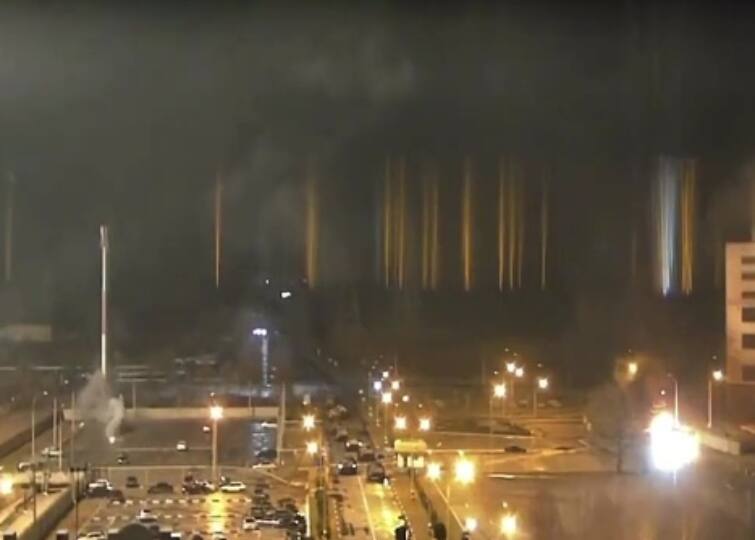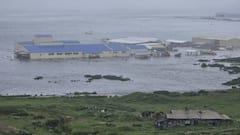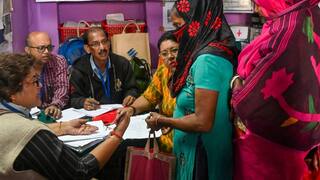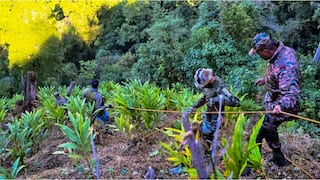Russia Attacks Ukraine Nuclear Plant: Precautions, Dos & Dont's In A Nuclear Emergency
Nuclear regulatory bodies across the world have put in place certain guidelines to follow in the event of a nuclear disaster.

New Delhi: Intensifying its attacks, Russian forces Friday targeted a major nuclear plant in Ukraine, raising serious concerns of radiation leak.
Zaporizhzhia nuclear plant, the largest in Europe, was shelled by the Russian forces, sparking fire in one of the reactors. After a few hours of the attack at the plant and halting of shelling by Russia, the fire was extinguished by Ukraine's state emergency service.
Nuclear plant spokesman Andriy Tuz dismissed concerns of radiation leaks as he said the radiation was under normal levels, as reported by new agency AP.
Zaporizhzhia nuclear plant is the largest in Europe and accounts for more than a fifth of the total electricity generated in Ukraine.
Though the fire has now been doused, consequences of the attack could have been catastrophic. Ukraine is the same country that witnessed the Chernobyl nuclear disaster of 1986, when steam explosion and fires released at least 5 per cent of the radioactive reactor core into the environment, affecting many parts of Europe.
Nuclear regulatory bodies and disaster management authorities across the world have put in place certain guidelines to follow in the event of a nuclear disaster.
According to the United States Nuclear Regulatory Commission (USNRC), radiation in amounts that might threaten public safety is expected to leave the plant site only in a ‘general emergency’, though local authorities may initiate protective actions at an earlier stage.
Here are some of the precautions listed by the (USNRC) and India’s National Disaster Management Authority for a situation involving a nuclear accident.
You are within the ‘Emergency Planning Zone’, if you live within 10 miles of the plant.
- As soon as a nuclear disaster strikes, be vigilant of instructions being given by authorities over the radio, on the television and social networks
- One should immediately take shelter in a building and close all doors and windows of the house
- All food items including drinking water should be covered
- Intake of Iodine should be increased, provided there are no medical contraindications
- Avoid water from open wells and ponds. Exposed crops and vegetables; food, water or milk from outside should also be avoided
- If caught in the open, cover your face and body with a wet cloth like a handkerchief or a towel. After reaching home, take a bath and change into fresh clothes
- Keep the discarded clothes in a sealed plastic bag so they can be tested for radiation exposure later
- Evacuation may depend on the conditions of the emergency, factors such as wind direction. Be prepared for it if required. Carefully follow instructions given by the authorities in this regard
- Keep your emergency kit including all essential belongings with you
- One should also be mindful of not touching any objects outside
- Other than public announcements, do not believe in any information passed on by word of mouth
- Do not disobey any instruction from the district or civil defence authorities
- Stay away from any dust cloud to reduce exposure to any radioactive airborne dust






































